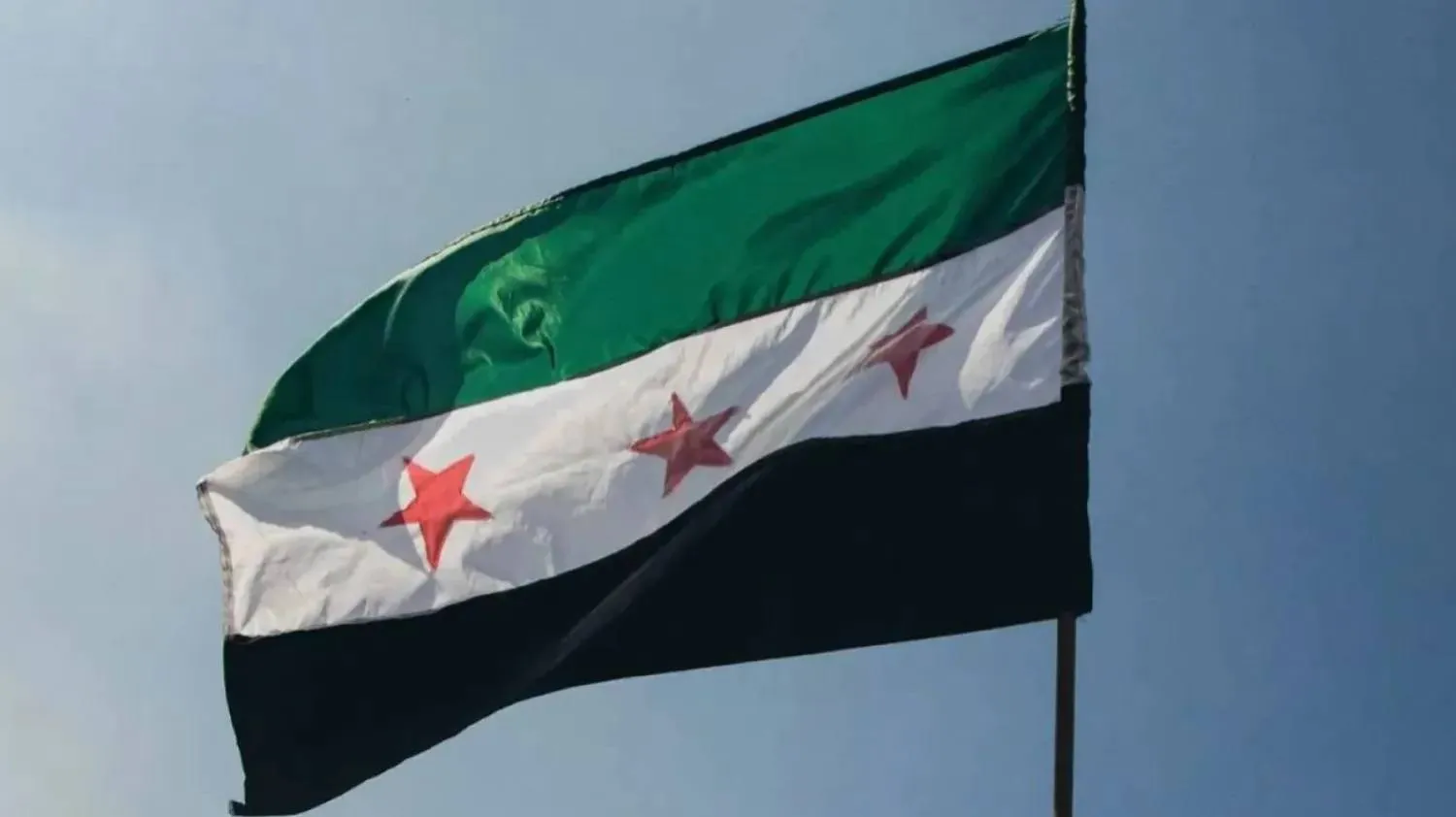Gaza is grappling with an acute water shortage as Israel tightens its blockade, closing border crossings, halting fuel supplies, and cutting off two main water lines since early January—around two weeks before a ceasefire took effect on the 19th of the same month.
“For six days, no water has reached us—not from the municipality nor from the wells dug in the area, as there’s no fuel to power the generators,” said 57-year-old Mohammed al-Uraini, a resident of al-Shati refugee camp in western Gaza City, speaking to Asharq Al-Awsat.
Even before the war, Gaza was already facing a severe water crisis due to the long-standing Israeli blockade. In 2019, UNICEF estimated that only 1 in 10 residents had direct access to safe drinking water. At the time, Gaza’s population was 1.8 million; it has since surpassed two million.
Fuel Shortages
UNICEF warned in a statement last Saturday that the average daily water supply for one million people in Gaza—including 400,000 children—has dropped from 16 liters per person to just 6. The agency warned that if fuel runs out in the coming weeks, that figure could fall to below 4 liters, forcing families to rely on unsafe water sources and raising the risk of disease outbreaks, especially among children.
The United Nations defines the minimum daily requirement for personal and household water use as 50–100 liters per person.
Tamer Al-Nahal, 61, owns a water well that used to supply more than 50 neighboring homes in al-Shati. He told Asharq Al-Awsat he can no longer afford the 10 liters of fuel required to operate the well. “Each liter used to cost about 20 shekels ($6), but now it’s around 70 shekels ($19),” he said. Occasionally, local institutions would donate fuel to power generators, but these contributions have stopped due to rising costs.
Many Gaza families are now forced to carry water in plastic jugs for distances up to 500 meters just to find water fit for human use.
Long Queues and Rising Hardship
Ezzedine Abu Hammam, 24, from Gaza’s western port area, said he spends more than an hour daily in a long queue to collect around 50 liters of drinking water, which he then carries up to the fourth-floor apartment where his 13-member family lives.
“It’s exhausting to wait that long just for a small amount of water, and then carry it upstairs,” he said. “Even when municipal water was available, it was so salty it tasted like seawater, but at least it eased the burden.”
According to Gaza’s Health Ministry, the water crisis is exacerbating public health risks, increasing the spread of diarrhea and skin diseases. The ministry reported 52 child deaths linked to these conditions, including malnutrition.
“Worsening the Crisis”
Assem al-Nabeeh, spokesperson for the Gaza Municipality, said the city—like the rest of the Strip—is facing a severe thirst crisis due to renewed Israeli military operations and incursions into some areas.
He explained to Asharq Al-Awsat that the Israeli-run “Mekorot” water line, which supplied nearly 70% of Gaza City’s needs, was shut down last Thursday. As a result, the city and other municipalities have lost access to groundwater wells, which were previously powered using fuel.
“Some alternative water sources have also been destroyed by airstrikes or ground operations,” he added, citing the complete destruction of wells in Gaza City’s al-Zaytoun neighborhood as a deliberate move to deepen the humanitarian crisis.









